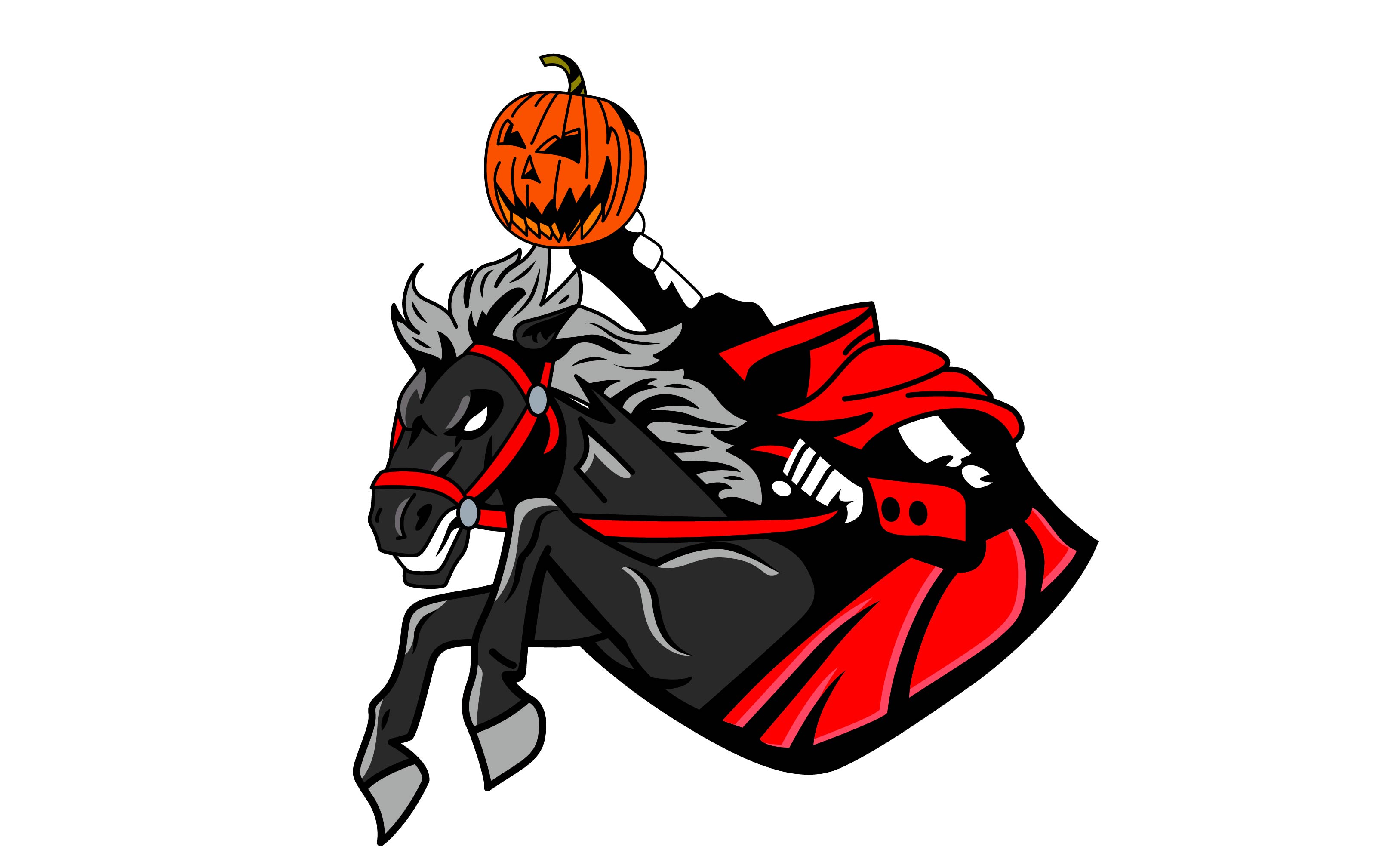Consider the simple example of a vector drawing of a flower. The choice of vibrant, contrasting colors can evoke a sense of vibrancy and energy, while soft, pastel hues might infuse a feeling of serenity. The shapes used to create the petals and leaves can transform the flower into a realistic representation or a whimsical abstraction. Even the texture of the vector elements, whether smooth and glossy or rough and textured, can convey a different tactile sensation. All these choices culminate to create a style that not only defines the visual appeal of the drawing but also conveys its underlying message and emotion.
Within the realm of vector drawings, a vast spectrum of styles thrives, each with its own distinct character. One of the most recognizable styles is the "cartoon" style. Here, simplicity and exaggeration reign supreme. Bold, black outlines define the forms, while bright, flat colors fill them in. Shading is often limited, resulting in a graphic, two-dimensional appearance. This style is a favorite for creating characters and scenes that are fun, lighthearted, and universally appealing. Imagine iconic characters like Mickey Mouse or SpongeBob SquarePants; their unmistakable cartoon style immediately elicits feelings of nostalgia and joy.

In stark contrast to the playful world of cartoons, the "realistic" style aims to faithfully represent the actual likeness of real-world objects. This style demands precision and attention to detail. Subtle gradients, careful shading, and meticulous attention to lighting effects are the tools of the trade. Realism shines in technical illustrations, architectural designs, and scientific diagrams, where accuracy and clarity are paramount. For instance, an architectural rendering employing a realistic style can vividly convey the texture of materials, the interplay of light and shadow, and the spatial relationships within a building design.
As we venture deeper into the realm of vector art, we encounter the enigmatic "abstract" style. Here, elements are distilled and simplified until they transcend recognition. Basic shapes, bold colors, and fluid forms coalesce to create compositions that defy the confines of literal representation. Abstract vector art is a canvas for pure expression, allowing artists to convey complex emotions and ideas without the constraints of the tangible world. Take, for instance, Wassily Kandinsky's abstract works, where colors and shapes dance together in a symphony of non-representational beauty. These pieces invite viewers to explore their own interpretations, making abstract style a powerful vehicle for introspection and contemplation.
In the pursuit of minimalism, artists harness the power of restraint in the "minimalist" style. This approach involves stripping away all non-essential elements, embracing strict simplicity, and paring down the visual language to its core. Clean lines, flat colors, and judicious use of empty space define this style, creating a modern and sophisticated look. Minimalist vector drawings exude elegance and efficiency, making them a popular choice in contemporary design, from sleek logos to architectural blueprints.
Mixing and Matching Styles
What sets vector drawings apart from many traditional art forms is their inherent flexibility and the ease with which styles can be combined to create fresh, unique outcomes. Consider the possibilities when minimalist shading mingles with cartoonish shapes or abstract compositions interweave with realistic elements. This marriage of styles is where the true magic of vector software shines through.
Imagine a project where the goal is to create a captivating poster for a music festival. The initial idea might involve a realistic depiction of a scenic outdoor stage bathed in warm, golden-hour light. However, to infuse a sense of excitement and playfulness, cartoon elements could be seamlessly integrated. The headline act, a band of whimsical characters, could feature bold outlines and vibrant colors, drawing the viewer's attention to the heart of the poster. Meanwhile, the surrounding landscape and crowd could maintain the realism of the stage, grounding the composition in a sense of place.
Vector software empowers artists to experiment freely, enabling the fusion of disparate styles into a harmonious whole. Such experimentation not only yields visually stunning results but also pushes the boundaries of artistic expression, ushering in a new era of creative possibilities.
Conclusion
In conclusion, styles are the lifeblood of vector drawings, infusing them with distinct personality and flavor. As we've explored the realms of realism, cartoon, abstract, and minimalism, we've witnessed how each style brings its own unique magic to the canvas. Styles not only dictate the visual aesthetics of a piece but also hold the power to evoke emotions, convey messages, and transcend the boundaries of reality.
In the ever-evolving landscape of vector art, the classification of styles serves as a guiding star, helping us understand and identify the rich tapestry of visual expressions that vector graphics enable. With each brushstroke, each choice of color, shape, and texture, artists shape the world of vector drawings, breathing life into their creations. Whether you're a seasoned illustrator or an aspiring artist, the styles at your disposal are a palette of infinite possibilities, waiting to be explored and harnessed to create your own unique masterpieces. So, as you embark on your creative journey, remember that within the world of vector drawings, style is not just a choice; it's a gateway to endless artistic adventures.



